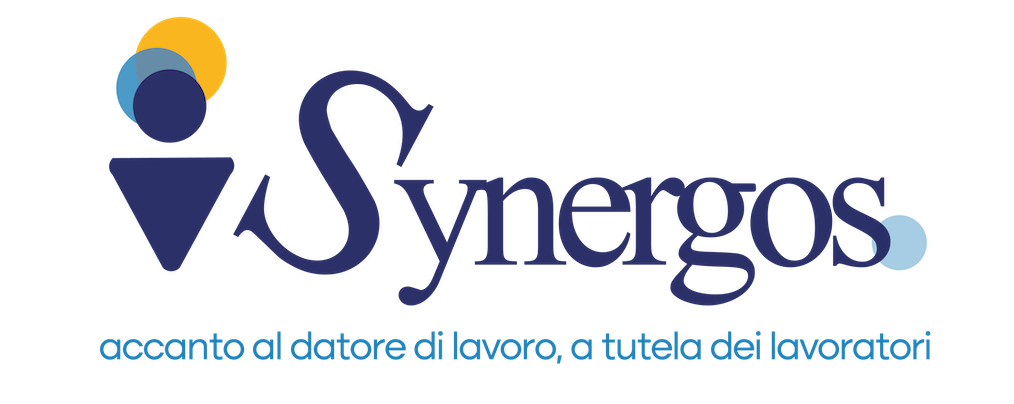Dear entrepreneur as you well know safety in your business is of paramount importance to you and your employees. The workplace inspection allows you to ensure proper safety for workers through actions aimed at preventing occupational diseases and accidents at work. It is established by law, and noncompliance results in fines and penalties. Let’s see together what this task consists of and who is assigned to it.
Workplace inspection protects against occupational diseases
Occupational diseases and accidents at work are the number one enemy for workers. The inspection of the workplace in addition to being required by law, it is of primary importance for the protection of workers and the company itself. Thanks to specialized physicians and subject matter experts, work environments are safe and workers are less likely to be injured or, even worse, suffer from occupational diseases. This allows the employee to perform his or her job more calmly and you (employer) to have a secure company.
Workplace inspection how it protects against occupational diseases
The person in charge is obliged to make a visit to the workplace periodically. This makes it possible to recognize what risks and hazards a worker is exposed to, thus being able to draw up a safety plan aimed at safeguarding employee health and protecting against occupational diseases.
Who is assigned the task of the workplace inspection
The workplace inspection is assigned as a task and obligation to the competent physician (Art. 25 of Legislative Decree 81/08 of the Safety Consolidation Act). He must visit companies at least once a year to visit the environment and then draw up the workers’ health protocol. The cadence of visits may change depending on the risk and hazard assessment. If he or she deems it appropriate, he or she may visit the company at a different time than the annual periodicity, notifying the employer who by law must update the risk assessment document.
During the inspection of the workplace, in addition to the employer, the Protection and Prevention Services Manager (RSPP) and the Workers’ Safety Representative (RLS) must also be present.
Two additional important figures in terms of safety are also held by the Safety Officer and the Prevention and Protection Service Officer (ASPP).
The health protocol of the competent physician
One of the duties of the competent physician is to draw up the health protocol. In this document we find:
– health assessments and medical examinations that are scheduled for workers;
– based on the worker’s job description, the periodicity at which workers undergo clinical and instrumental examinations;
– the highlighted hazards to which workers are exposed.
In addition, the competent physician must:
– set out its analysis about the levels of risk to which workers are exposed in the documentation inherent in the risk and hazard assessment;
– examine collective and personal protective equipment, indicating improvements to be made if it is not suitable for safety;
– carry out in-depth training of workers in terms of work safety;
– investigate the employer’s proper behavior regarding the procedures and limitationsexpressed in judgments on work fitness and the effectiveness of them.
Upon completion of the workplace inspection.
Once the inspection of the workplace the competent physician must prepare a report to be given to the employer. Based on the assessments made, the occupational safety health plan can be confirmed or modified, setting out the necessary improvement measures.
Synergos is a company structured to carry out the necessary inspections required by law at least once a year on the basis of risk assessment (Art. 2, letter m of Legislative Decree 81/08) at workplaces, factories, production sites, and company headquarters.
Synergos: Health And Safety At Work, Side By Side With The Employer To Protect Workers!






